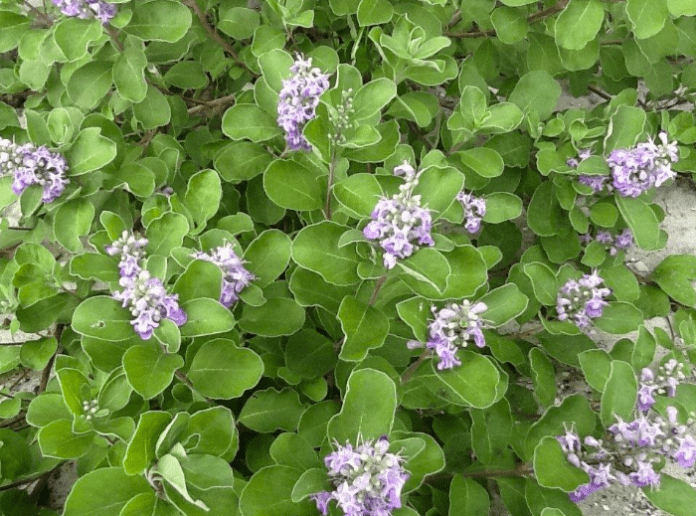Beginning late March into May, tourists and locals can view beach vitex plants blooming along the Grand Strand. These beautiful blooms add color to the Myrtle Beach coast. Unfortunately, the invasive plant has a dangerous impact on the local environment. The plant was brought in by “Experts” to protect area dunes after the 1989 impact of Hurricane Hugo.
“I think as humans, we don’t understand the impacts we can have. We’re starting to understand a little bit more. But still, we always try something. We think, ‘If we bring in one item, whether it’s a plant or an insect, to help an issue that we’re having, that will help,’” said Myrtle Beach Park Ranger Ann Wilson. “But we don’t always understand the implications and how it reacts to all the other plants and animals in that habitat.”
Beach vitex was first brought to the Carolinas to help restore sand dunes after Hurricane Hugo, Wilson said. It didn’t work as planned.
“It was overtaking some of the native plants, and also it wasn’t trapping sand,” thereby failing at its most important job, she said. “Then, sea turtles would get stuck in all the tangles of the little roots” as they tried to dig out after hatching.
Beach vitex is an invasive plant that has been found to be harmful to sea turtles and marine life.
“It is strange to consider that beach vitex was intentionally brought to the Southeast in the 1980s to seed in sand dunes and help protect against hurricanes,” said Myrtle Beach State Park ranger Ann Wilson.
The beach vitex is a non-native plant that was introduced to the United States in the early 1900s. It has since spread throughout the country, and it is now considered an invasive species. The beach vitex can grow up to six feet tall, and it can form dense thickets that crowd out native plants. Beach vitex also produces a chemical called juglone which inhibits growth of other plants nearby. This chemical can also kill nearby trees by depriving them of sunlight.

The beach vitex poses a threat to sea turtles because they eat its leaves, which causes them to become sick or die from liver failure or kidney failure.


